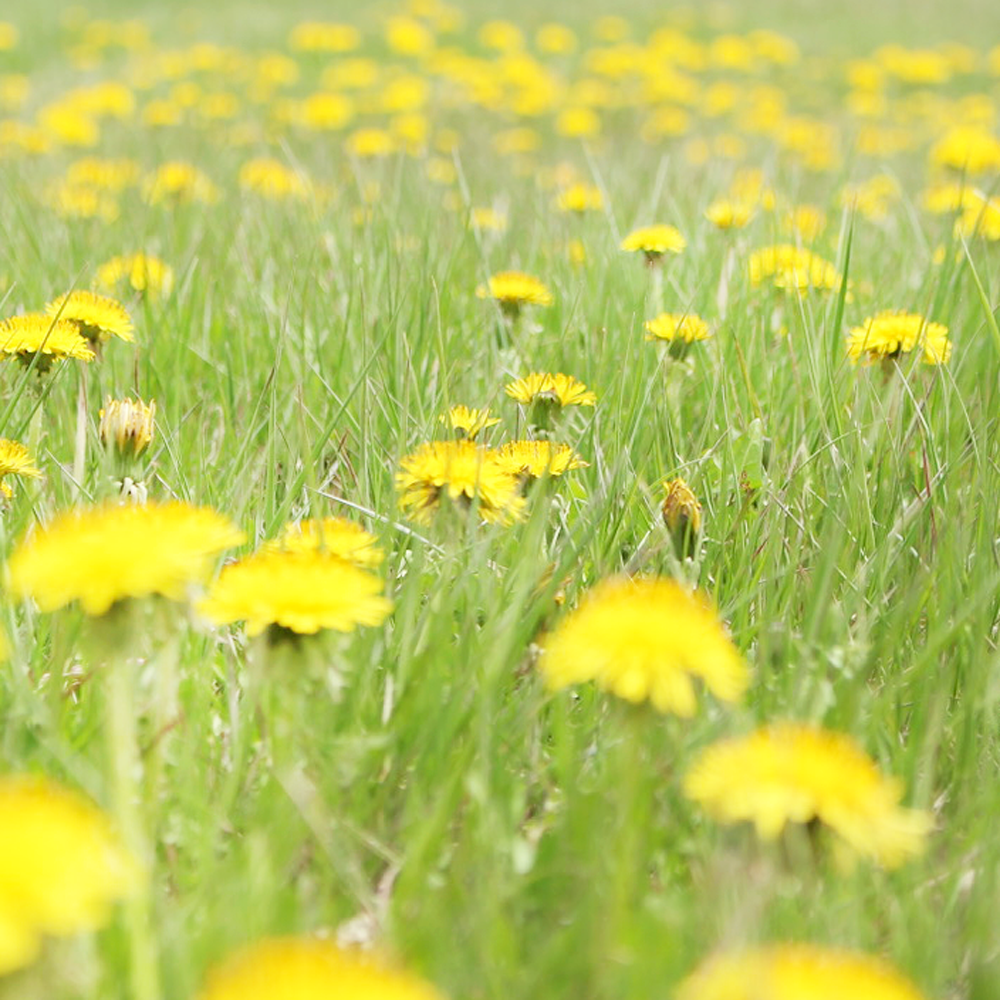Home Grown Honey
Each jar is filled with the best we have to offer
We put incredible value on knowing where our food comes from and knowing who our farmers or beekeepers are. Being able to share our process with you in this space is one way for us to invite you to learn alongside us and to see the effort we put in to ensure a great end product. We are simply going to start where we currently are - we hope you will join us.











